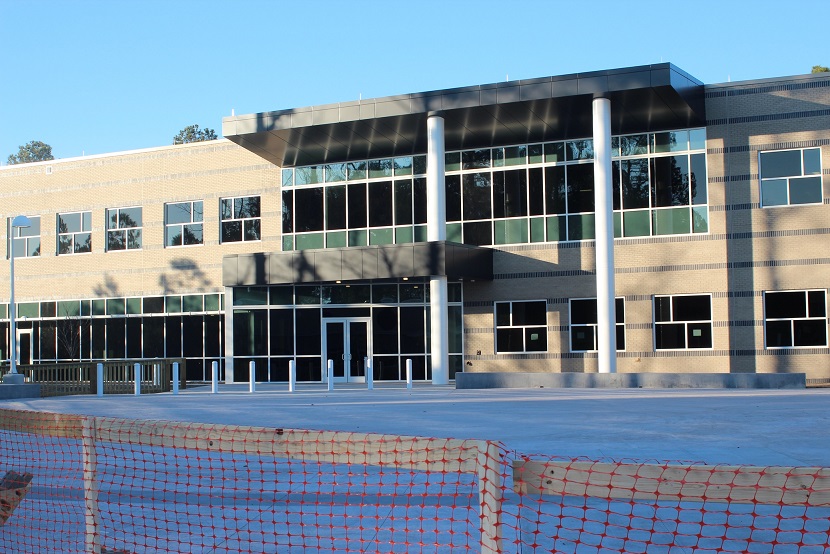
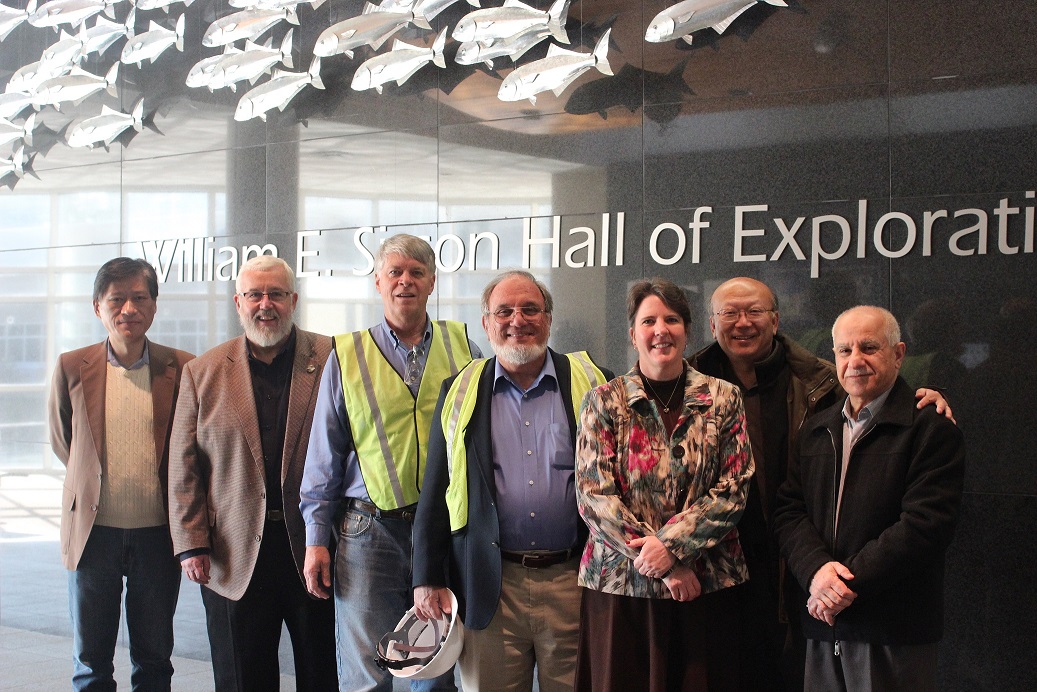

AmSolvUSA is a special Environmental Service company to represent specified water treatment chemical, small manufacturing facility, pump, and filtration systen and element for certain market to save enviromental polution, energy and cost.
AmSolvUSA supply technologies to purify the water that we drink, make safer the water we enjoy for recreation, reduce energy and water consumption, and reduce pollutants released to our environment. We make the world a better place by making it a safer, purer and more efficience. We offer the opportunity to those authority EPA department or related professional parties joining our co-extented education program. We integrate quality environmental education and source supply, such as
AmSolv, Coventya, Advanced Blending, AquaBio and , Novozyme companies
to benefit global environment, public health, and future generations. More Protection, Less Process. This training education will be organized by AmSolvUSA, NC State University and NCDN (The N.C. Department of Environment and Natural Resources). Program will focus the material how to train those water, municipal, industrial wastewaterand animal waste operation works. All of works is to protect and restore the quality of global's water, and land resources, while fostering smart growth, economic development, healthy and safe communities, and quality environmental education for the benefit of the environment, public health, and future generations.
Distributor Activity in China
GBR Vision
AmSolvUSA® is a major shareholder for GBR Institute. GBR Institute is a new global Bio-science Research Institute combining research faculties, and other famous national wide professors to develop green energy project. GBR main Object are:
To become an environmental friendly, sustainable energy organization.
To make a significant contribution to the society and world.
To be a witness of God’s grace and Glorify His name.

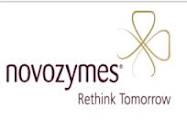




 |
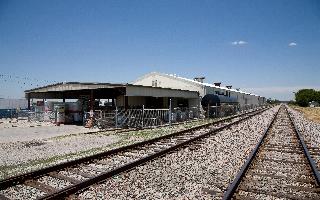 |
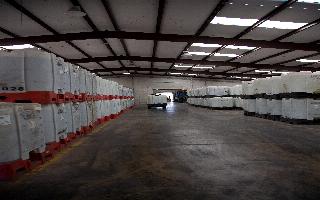 |
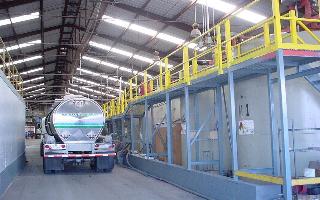 |
 |
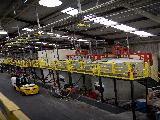 |
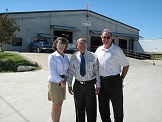 |
Total Water Management / Water Pond, Lake, River Restoration / Water Filtration / Enzyme wastewater treatmen, laundry, and Dishwash Application / Algae Biodiesel
 |
 |
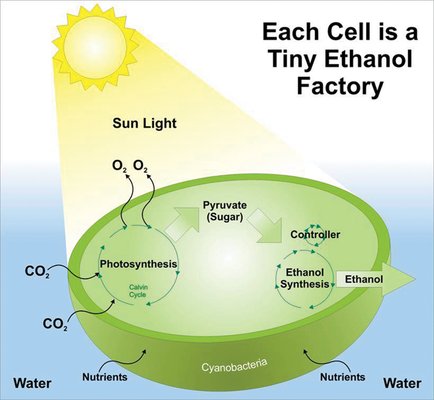 |
 |
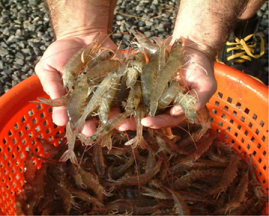 |
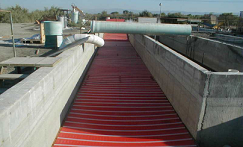 |
 |
Algal Production and Harvest for Food, Feed and Biofuels
This patent project are developed through :
(1) Professor, Dr. David Brune and Endowed Chair, Dept. of Agri & Biol.Engr., Clemson University
(2) Assistant Professor, Califonia Polytechnical University, California
(3) Manager, International Network Biofixation of CO2 & GHG Abatement with Microalgae, Walnut Creek, Calif.
This "Algal Systems Applications" are using Controlled Eutrophication Process (CEP) to reach the following target:
Two major project were done for "Integrating Environmental Remediation with By-Product Recovery".
Major advantage:
for this Aquaculture / Bioenergy Co-Production process can reach higher Cash-Flow Potential
| •Zero emissions •In high efficient harvesting algae District, Our new system can keep the water quality for aquaculture fish or shrimp to produce 20,000-25,000 lbs / acre with zero discharge effluent. •Biomass is 10-20 tons / acre of algae can be produced annually by 5-10 tons / year of fish alternatives, such as Artemia biomass. |
| A one-acre high-rate algal production footprint could support as much as $180,000/yr of aquaculture value, $25,000 of animal feed value with $2,000 to $6,000 of biofuels cash flow. |
| 4 kw/acre of stationary power (as biogas) with 250-500 gallons of liquid fuel/acre-yr (25 -50% of energy required to operate systems) 75-90% of the cash-flow provided by fish or shrimp production, 10-15% from animal feeds, and 5-10% from bioenergy co-production |
Pilot plant in Salton Sea |
|
CEP Algal Sedimentation Belt at Kent |
high concentration algae |
collected wet-dry algae |
solar drying algae |
2-Ac Freshwater System for Aquaculture @ Clemson
|
0.25 acre,130,000 gallons, BS reactor =700 gal, 0.5% of system volume |
|
Algal biomass harvest from Partitioned Aquaculture System at Clemson University, S.C.
|
Algal biomass harvest from Partitioned Aquaculture System at Clemson University, S.C. |
Marine shrimp and Fish from harvested pond in Partitioned Aquaculture System at Clemson University, S.C. |
Marine shrimp and Fish from harvested pond in Partitioned Aquaculture System at Clemson University, S.C. |
Extracted mixed oil
|
Gravity separation; oil, water and biomass fractions |